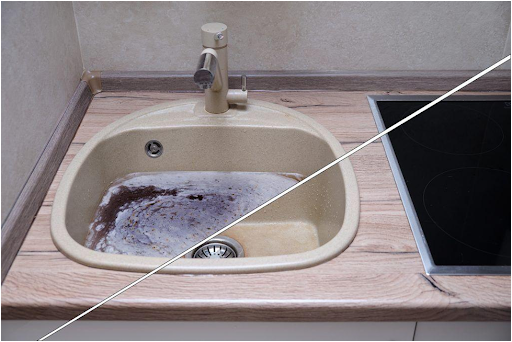Most homeowners prioritize conserving as much energy in their household as possible and ultimately saving on costs. Many people choose wood-burning appliances or fireplaces for heating their homes instead of relying on more costly heating methods.
When incorporating wood heater stoves, homeowners need to pay attention to a different set of considerations, including strict emission regulations that are growing more stringent with time.
The primary objective is to create an efficient fire in an effort to see savings in energy and expenses. The action boasts of helping to reduce emissions while still optimizing the fire’s performance.
How can homeowners accomplish optimum performance with a fuss-free fire and achieve savings with their effort? Some users have unique techniques for quick, efficient fire, but there are helpful basic hints that can help everyone accomplish efficiency with their wood burning. Let’s learn a few of their tips and tricks.
Table of Contents
How Can You Turn Your Wood Stove Into An Efficient, Cost-Effective Resource
Wood burning is a means many people turn to conserve energy and save money on utility costs. There are other parameters to consider with this resource, including the ever-increasing stringency of emission regulation.
The objective is to create the most efficient fire that will evoke energy and cost savings while decreasing emissions’ effects and still optimizing the fire’s performance.
That sounds like a tall order, but it’s suggested that following the guidelines to produce these results can be done, even for year-round use, if that’s something that a cooler climate might need. Go to https://homesteading.com/wood-burning-stove-tips/ for tips and tricks on starting a fire and keeping it going.
Let’s look at some helpful hints suggested for simple and efficient wood burning that’s ideal for keeping a fire burning strong, albeit with fewer resources year-round.
● Suitable firewood makes a difference
The primary factor is the firewood you choose for your wood-burning heater stove in determining the greatest efficiency. The ideal wood will be seasoned, extra dry lumber with less than 20% of moisture content, creating optimum burning efficiency, reduction in emissions, and decrease in soot production.
The wood-burning stove will be a much healthier appliance in the home because extra dry, seasoned wood not only burns with efficiency but it produces minimal ash and smoke, allowing easier maintenance so the stove will perform at peak performance with each session.
● The kindling and firelighters are critical components of optimum wood burning
How the fire is ignited, the firelighter, and the kindling are as important as the wood used to get the premium burn. The idea is to avoid chemical fuels and keep newspapers out of the mix. When using a wood-burning heater stove, it’s wise to stick with natural, top-notch firelighters and kindling.
The wood kindling and compressed firelighter will save considerable time from attempting to ignite a fire that won’t take in other scenarios. It will require less wood to hold an intense flame and maintain efficiency throughout the entire process.
● The “top-down lighting method” ensures efficiency
The “top-down lighting method” is a surefire way of getting an efficient burn in either a wood-burning heater or a fireplace. It not only saves time and offers optimum efficiency, but it’s relatively easy to do.
The extra-dry firewood is placed at the bottom of the stove with the wood kindling stacked either in a sort of pyramid or grid display but with plenty of space so that there’s airflow throughout the kindling. A firelight will go on top with another fire lighter lit and placed in the stove.
This method equates to a rapid, effective burn all the way through with minimal tending and little smoke than most other techniques.
● Wood-burning heater stove maintenance is a must
A wood-burning heater stove needs adequate care and upkeep in order to be the efficient piece of equipment you hope it will be. The ash needs to be cleaned out regularly, broken, faulty, or worn parts will need to be replaced, removing hazardous rust. The stove should be in top condition before using it consistently.
You’ll save money on repairs and conserve energy when taking steps to perform proper maintenance. When minor defects and damages are tended to in the early stages, you’ll be less inclined to experience major problems down the road.
Final Thought
Remember the chimney. These should be serviced at least once each year to ensure optimum cleanliness and safety to avoid fire hazards. Read for details on wood stove safety. It’s ideal for searching for the services of a professional to eliminate Creosote accumulation and debris.
The cleaner the chimney, the safer you and your home will be. Plus, you’ll produce fewer emissions and save on energy and costs, which is your overall objective.
You can do all these other steps to the letter, but if you neglect your chimney, all the rest is for nothing. As in any situation, safety is a priority. Make sure the chimney is clean.





